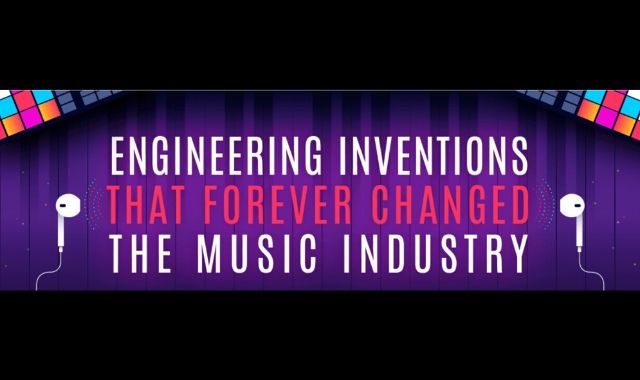If you are a 90s kid or even older, you will be able to recall the days of vintage records, digital cassettes and walkman. If not, then you might have seen the said devices in some antique or old store these days. CD players used to be an actual thing until digital media came into action and eventually took the music industry by storm. Just by 2018, as much as 46.8% of the global music industry's revenue was being generated by digital streaming alone. With the rise of Internet music streaming services and the high Internet speeds in general, music lovers began to access music much more easily than ever.
So it wasn't just the advancement of digital technology but also electrical engineering that revolutionised the way we could listen to music. Apple's iPod moved the entire music industry by introducing something so small that could carry thousands of songs. Along with this, other devices such as smart Bluetooth speakers now have the capacity to stream high-quality audio, replacing the need for multiple high woofer speakers (although they are still in trend).
When it comes to playing music, opportunities for music lovers are endless as the hassle of downloading your favourite music has been long replaced by music streaming services. In fact, many of these services even offer the feature of listening to music offline or downloadable tracks, in return of a subscription fee. The algorithm behind working out playlists for your favourite tracks and matching songs according to your taste, only levels up the entire experience.
But music streaming services are just one part of the entire digital media game, the other side includes the trend of karaoke apps and recording software. Devices for mixing music and editing after recording have all gone through minute engineering. So for the love of music and to know how all this innovation is summing up the music industry revolution, have a look at the infographic below!
Infographic by: OhioUniversity


